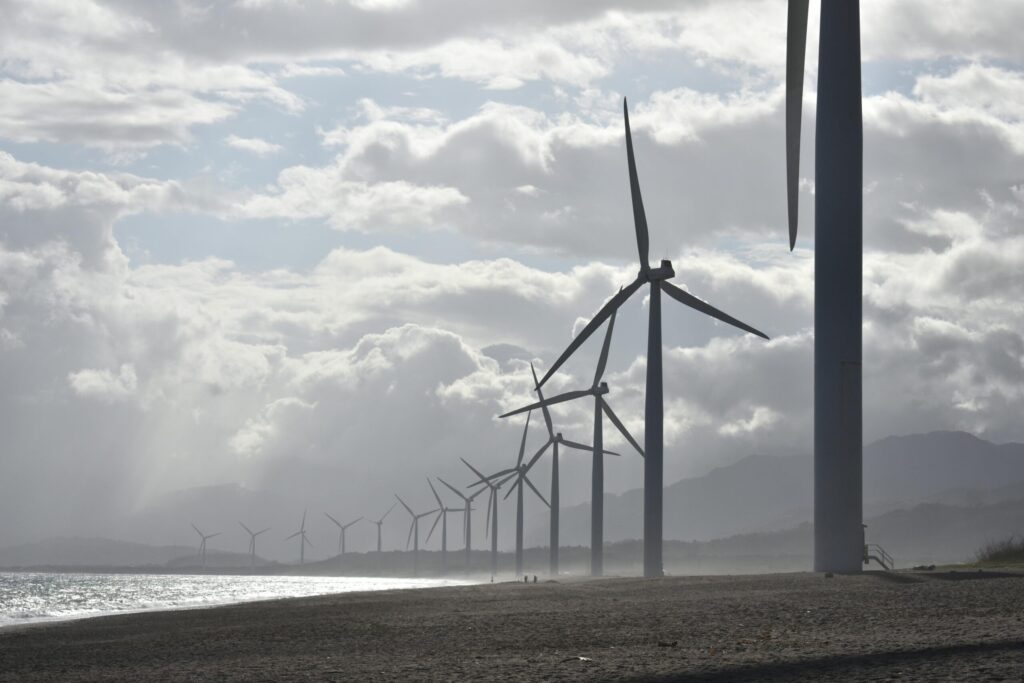Edgewise Vibrations

Wind turbines (WTs) are complex structures that are required to operate under varying weather conditions. Their blades must be able to withstand hurricane-level winds, and gusts with sudden direction changes. Additionally, they must be stiff enough to avoid high deflections that would lead to blade-tower impacts. It is therefore understood that WTs are dynamic systems that face complex aeroelastic phenomena. Edgewise vibration is such a phenomenon, and it’s the focus of this article. Under specific conditions, this aeroelastic resonant phenomenon can potentially inflict significant damage to the turbine. The vibrational modes of a structure represent the patterns or shapes in which the structure will vibrate in when it is subjected to excitation. In WTs, specifically focused on their blades, three main vibrational modes are distinguished: flapwise, torsional and edgewise. The edgewise mode is characterized by the movement of the blades in the edgewise direction. Figure 1 showcases the edgewise displacement of the blade through time. Figure 1: Blade edgewise displacement in time (Malkin & Griffin, 2016). Want to keep reading? Request a copy of our full white paper report below to access the full content. We have extensive reports and documentation expanding on our blog post topics, written by our own in-house experts. To keep reading, submit your interest below and we will send you a full PDF copy of our report to your email address.
